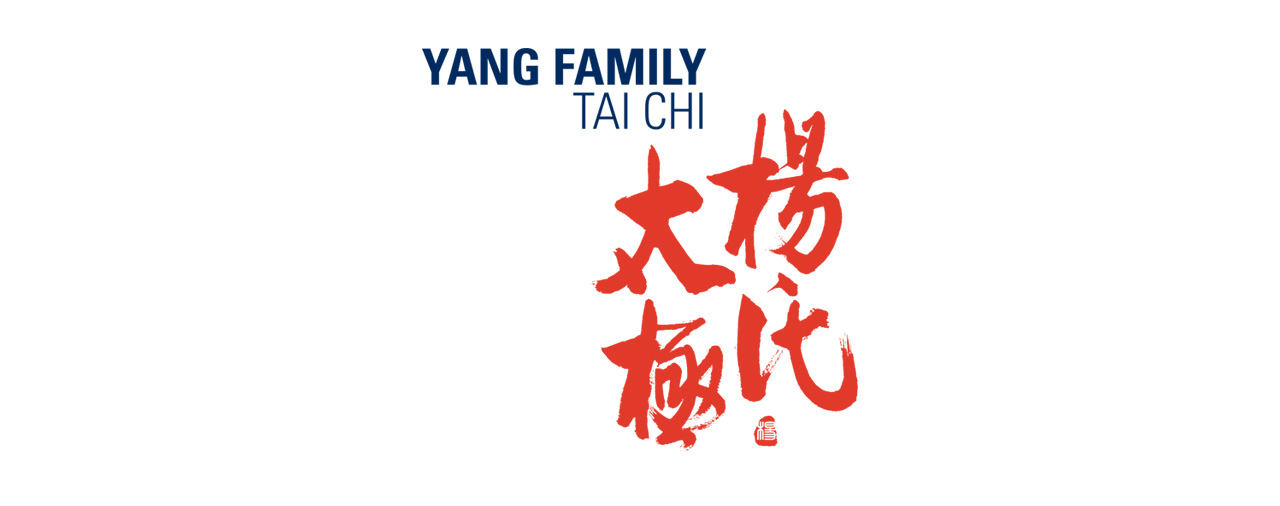Authenticity
There are about a handful of major Tai Chi styles and Yang style is the most widely practiced and followed in the world. This form was conceptualized by The Great Master Yang Lu Chan about 170 years ago and has been sincerely passed down to posterity. Master Yang Jun is the 6th Generation direct descendant of the Yang Style Tai Chi founder, Yang Lu Chan.
In addition, Master Yang Jun is responsible for International Yang Family Tai Chi Chuan Association and travels internationally to promote Yang Tai Chi and to certify instructors in various schools around the world. In July 2009, Master Yang Jun was officially named the Fifth Lineage Holder of the Traditional Yang Style Tai Chi Chuan.
Professionalism
We are fortunate to have a number of center directors and certified instructors who have also dedicated their lives to teaching.
Health
Tai Chi is a holistic approach to wellness (including mind, body, and spirit) and concentrates on relieving the physical effects of stress on the body and mind. The focus and calmness cultivated by the meditative aspect of Tai Chi has proven exceptional in maintaining optimum health (especially in the sense of relieving stress and maintaining homeostasis). Researchers have found that Tai Chi practice shows favorable effects on the promotion of balance control, flexibility, and cardiovascular fitness.
For more on Tai Chi and your health, you can visit The Online Tai Chi and Health Information Center funded by the U.S. government at www.americantaichi.net
In 2003, the National Library of Medicine, the largest medical library in the world and subdivision of U.S. Department of Health and Human Services, awarded a grant to American Tai Chi and Qigong Association to build a website titled “The Tai Chi & Consumer Health Information Center”. The information center was officially launched in 2004 and has since then been providing scientific, reliable, and comprehensive information about various health benefits of Tai Chi – for arthritis, diabetes, fall prevention, pain reduction, mental health, cardiovascular diseases, fitness, and general well-being.
Stress Reduction
A recent article from the New York Times calls Tai Chi a Stress Reducer and continues by saying: “There is no question that tai chi can reduce stress.” For complete article, see: www.nytimes.com
According to Mayo Clinic: “Like other complementary and alternative practices that bring mind and body together, tai chi can help reduce stress. During tai chi, you focus on movement and breathing. This combination creates a state of relaxation and calm. Stress, anxiety and tension should melt away as you focus on the present, and the effects may last well after you stop your tai chi session.”
Weight Loss
Despite its slow and gentle pace, Tai Chi burns around 280 calories per hour, which are more calories burnt than surfing and nearly as many as downhill skiing (350 calories per hour). For additional data on Exercise & Calories Burned per Hour, see: www.nutristrategy.com
According to WebMD: “Because tai chi is low impact, experts say, it’s a good choice for people carrying extra weight, who often have knee and hip limitations. If you can’t walk or do traditional exercise without pain, tai chi may be gentle enough to get you moving. And with regular practice, they say, you will begin to burn calories and lose weight.”
For complete article, see: www.webmd.com
And for more information on Tai Chi and weight loss, please see: www.worldtaichiday.org
Martial Art
Tai Chi Chuan (taijiquan) is a Chinese martial art. It is one of the “internal” martial arts, along with Xingyiquan and Baguazhang. Tai Chi Chuan practice method is: to relax (song) into softness, unified softness becomes hardness, hardness and softness support each other. Tai Chi Chuan emphasizes how to confront an enemy: “He does not move, I do not move; he starts to move, I have already moved; I start late and control first”.
Tai Chi Chuan is sticking and adhering, connecting and following; not separating and not resisting; bend to become straight again; relaxed and extended; internally and externally consistent; use stillness to control their movement; use softness to control hardness. Ward-off, rollback, press, push, pull, split, elbow, shoulder-stroke are the eight basic “energies”. Forward, back, look left, look right, and keep centered are the five “steps”, the basic footwork.
Combined, they are also known as the Thirteen Postures. Tai Chi Chuan practice includes Hand Form, Push Hands, Sword and Saber Forms.
Gentle
Tai Chi, with its gentle graceful pace and low impact movements, can be learned and practiced by virtually anyone. According to Mayo Clinic: “you can practice tai chi regardless of your age or physical ability — tai chi emphasizes technique over strength. In fact, because tai chi is low impact, it may be especially suitable if you’re an older adult who otherwise may not exercise.”
Freedom
Once you learned it, Tai Chi can be practiced pretty much anytime anywhere. It takes as little as 15-20 minutes without any equipment; It can be performed in the conference room during work break or even at the airport waiting for your flight.
Proven
Tai Chi has stood the test of time, millions upon millions of people practice Tai Chi to keep themselves young in body and mind and have been doing so for thousands of years. Tai Chi unifies body, mind and energy and nurtures every part of ourselves. This unification of body, mind and energy is what gives Tai Chi its widely held reputation as an efficient health system that can help us to maintain health, and emotional and spiritual balance, amid the stresses of daily life. Or, in other words, better quality of life.

